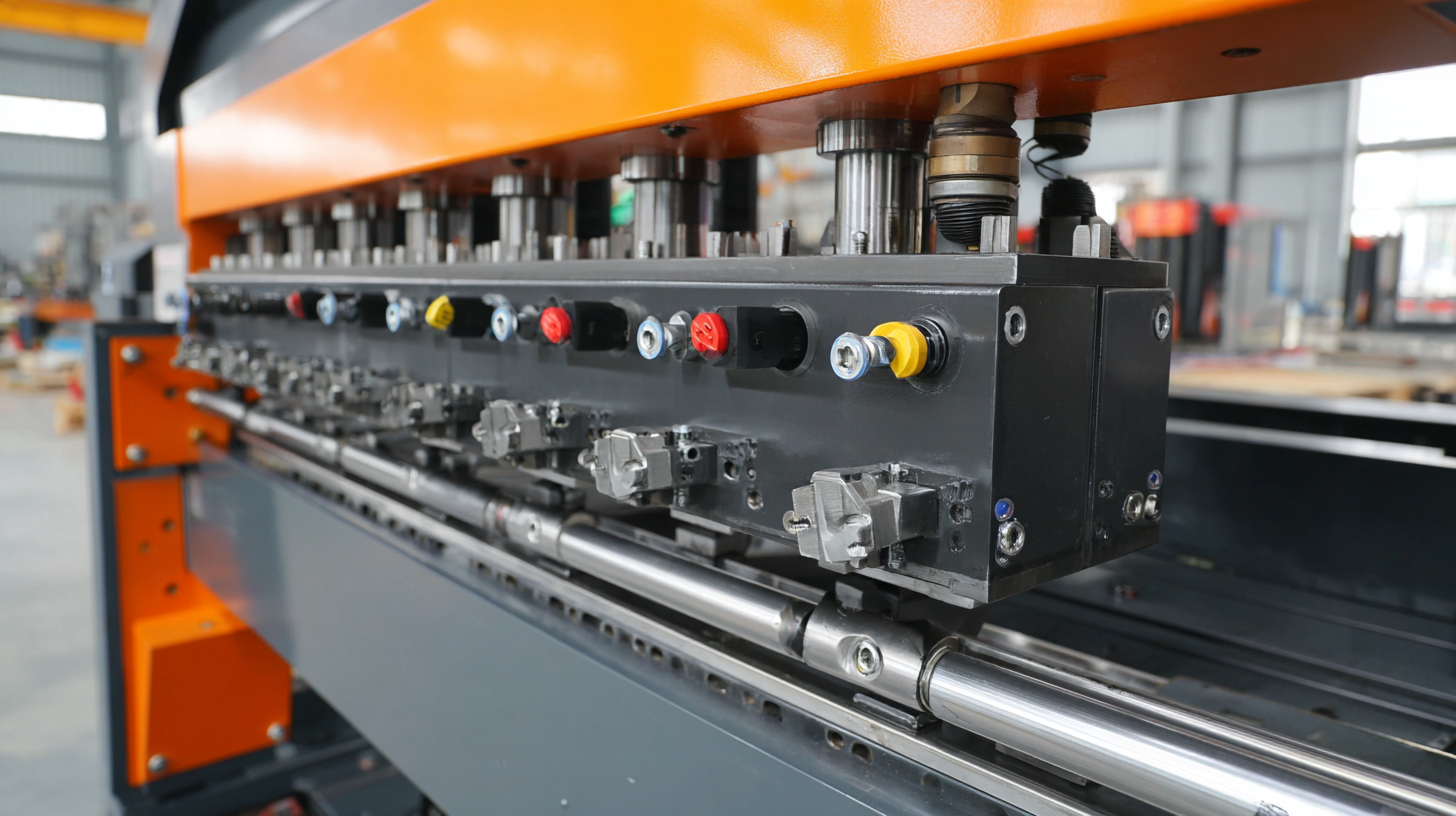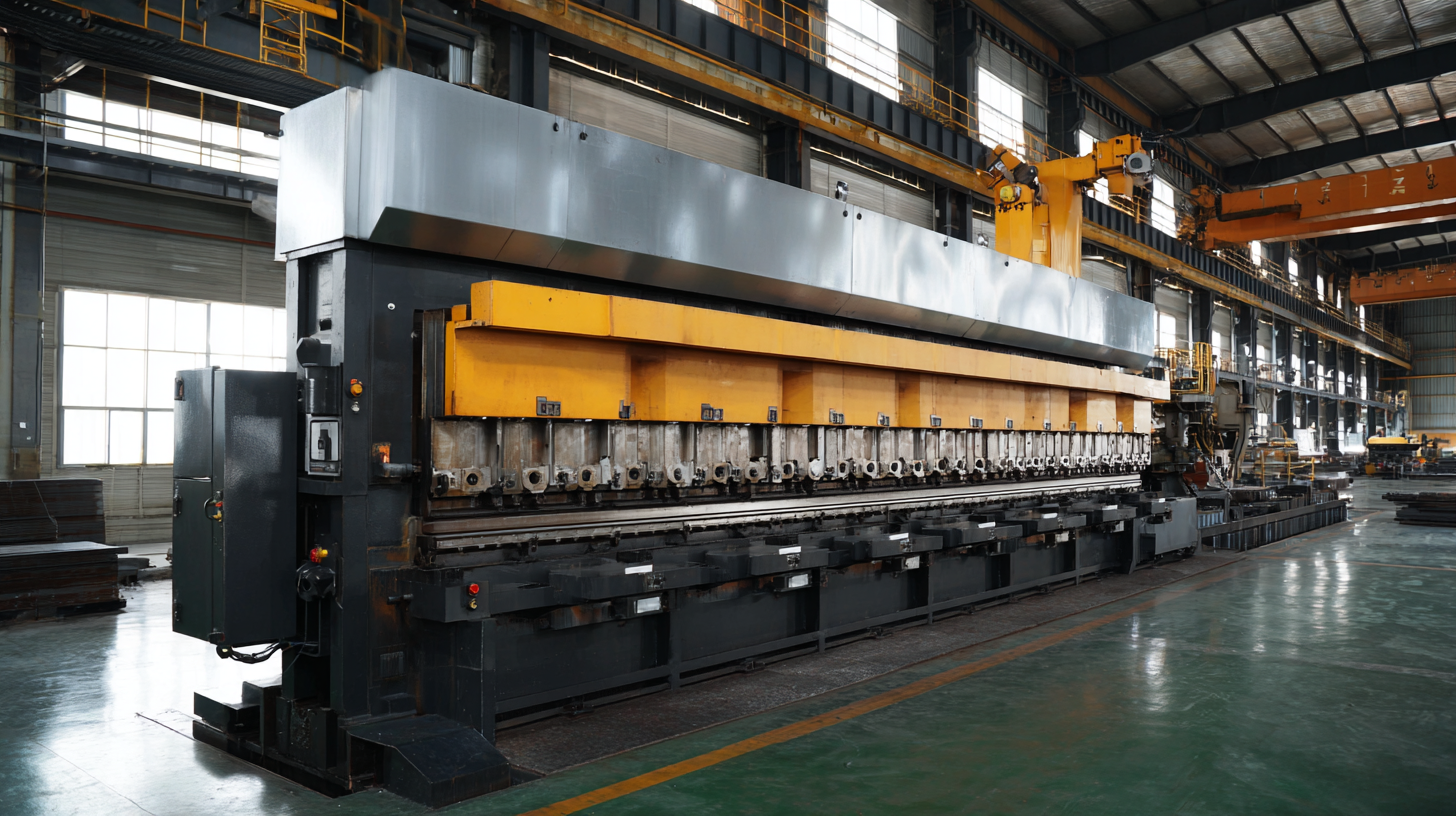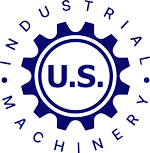Exploring Top Alternatives to the Best Manual Press Brake for Your Fabrication Needs
In the world of metal fabrication, the manual press brake has long been a staple for bending and shaping materials with precision. According to a recent report by the Fabricators and Manufacturers Association (FMA), the demand for manual presses has seen a steady rise, with a projected growth rate of 4.5% annually over the next five years. However, as technology evolves and fabrication processes become increasingly complex, many manufacturers are seeking alternatives that can offer enhanced efficiency, automation, and flexibility. This blog will explore the top alternatives to the best manual press brake, examining their features, benefits, and suitability for various fabrication needs, ensuring that your operations remain competitive in an ever-changing market.

Innovative Fabrication Solutions: A Look at Manual Press Brake Alternatives
In today's manufacturing landscape, the demand for innovative fabrication solutions is driving a shift from traditional manual press brakes to more advanced alternatives. Companies are increasingly recognizing that modern press brake technology offers enhanced efficiency and precision, which can significantly improve production outcomes. For instance, the introduction of new servo press brake models has revolutionized the way manufacturers approach metal forming. These systems not only provide faster cycle times but also reduce operator fatigue, ultimately enhancing the overall productivity of fabrication processes.
Furthermore, the growing emphasis on digital transformation is leading many businesses to explore Software-as-a-Service (SaaS) solutions that complement their equipment. By integrating smart technologies with new press brake systems, companies can streamline operations, optimize workflows, and adapt quickly to changing demands. It's clear that in a fast-paced environment, the ability to innovate and embrace new technologies will be key for organizations looking to stay competitive. As they explore alternatives to manual press brakes, businesses are poised to unlock significant value through tailored investments and focused efforts in their fabrication capabilities.
Exploring Top Alternatives to the Best Manual Press Brake
Key Features to Consider When Choosing a Press Brake for Your Workshop
When choosing the right press brake for your workshop, several key features should be at the forefront of your decision-making process. First, consider the bending capacity and tonnage. This determines how much force the machine can exert and the thickness of the material you can work with. Different fabrication projects will require varying levels of strength, so ensure the press brake you select can accommodate the materials you typically use.

Another important aspect to evaluate is the machine's control system. Advanced CNC controls offer precision and repeatability, which can significantly enhance manufacturing efficiency. Look for features such as programmable backgauges, 3D graphical displays, and easy-to-use interfaces that can reduce setup time and streamline operations. Additionally, take into account the overall build quality and durability of the machine, as these factors will influence maintenance needs and longevity in a heavy-use environment. Opting for a press brake with robust construction ensures that it can withstand the rigors of daily fabrication tasks while delivering reliable performance.
Cost-Effectiveness: Evaluating the Best Options for Budget-Conscious Fabricators
When it comes to selecting a manual press brake, budget-conscious fabricators are often torn between quality and cost. According to a recent report by the Fabricators & Manufacturers Association, nearly 60% of fabrication shops operate on tight budgets, making cost-effectiveness a crucial factor in equipment selection. Fortunately, there are several alternatives to higher-priced models that deliver reliable performance without breaking the bank.
One tip for fabricators is to consider refurbished or used manual press brakes. These options can significantly reduce upfront costs while still providing the necessary precision for bending operations. A recent survey revealed that over 40% of fabricators who purchased used equipment reported satisfaction exceeding expectations, highlighting the potential for cost savings without sacrificing quality.
Additionally, evaluating the total cost of ownership is essential. Beyond the initial purchase price, consider factors such as maintenance, energy consumption, and operational efficiency. According to a study by the National Association of Manufacturers, optimizing these factors can result in savings of up to 30% over the life of the equipment. By carefully selecting alternatives that align with these considerations, fabricators can maximize their investment and achieve their fabrication goals effectively.
Exploring Top Alternatives to the Best Manual Press Brake for Your Fabrication Needs - Cost-Effectiveness: Evaluating the Best Options for Budget-Conscious Fabricators
| Model | Max Bending Capacity (Tons) | Bending Length (Inches) | Price Range (USD) | Key Features |
|---|---|---|---|---|
| Alternative A | 40 | 50 | $8,000 - $10,000 | Manual control, Durable build, Adjustable stops |
| Alternative B | 35 | 48 | $6,500 - $9,000 | Compact design, Easy operation, Safety features |
| Alternative C | 50 | 60 | $9,500 - $12,000 | High precision, User-friendly controls, Warranty included |
| Alternative D | 45 | 55 | $7,000 - $8,500 | Lightweight, Energy-efficient, Quick setup |
The Role of Automation in Enhancing Manual Press Brake Efficiency
In today's fast-paced fabrication industry,
the integration of automation can significantly enhance the efficiency of manual press brakes.
While traditional press brakes offer flexibility and control, adding automated features can streamline operations, reduce manual labor, and minimize errors.
By incorporating automated features such as tool changers and CNC controls, fabricators can achieve precise bends and increased throughput,
gaining a competitive edge in the market.
When considering automation for your manual press brake, it’s essential to assess your specific fabrication needs.
Tip: Always start with a thorough analysis of your workflow to identify bottlenecks that automation could alleviate.
Next, look for compatible automation solutions that can easily integrate with your existing machines.
Implementing a gradual automation strategy allows for minimal disruption while optimizing production efficiency.
Moreover, embracing technology does not mean replacing manual skills entirely.
Automated systems can assist operators in managing complex tasks, enabling them to focus on quality control and intricate processes.
Tip: Regular training for your workforce on the combined use of manual and automated systems ensures a smooth transition
and maximizes the benefits of automation, ultimately leading to enhanced productivity and job satisfaction.
Comparative Analysis: Manual Press Brakes vs. CNC Machines for Precision Work
When it comes to precision fabrication, choosing the right tool can significantly impact the quality of the outcome. Manual press brakes, valued for their simplicity and tactile operation, provide a level of control that many fabricators appreciate. They allow operators to manually adjust the bend angle and depth, fostering a hands-on approach that is particularly beneficial for intricate, custom projects. However, this manual method does have its limitations, particularly in terms of speed and repeatability, which can be crucial when dealing with high-volume production runs.

On the other hand, CNC machines bring a new level of precision and efficiency to the fabrication process. These computer-controlled devices can execute complex bends with unparalleled accuracy and speed, minimizing human error and material waste. With the ability to store multiple programs, CNC machines excel in producing consistent results across various projects, making them an ideal choice for businesses that require high production rates or that work with intricate designs. While manual press brakes can still hold their ground in specific applications, the increasing demand for precision and efficiency may lead many to consider CNC options as a viable alternative.
